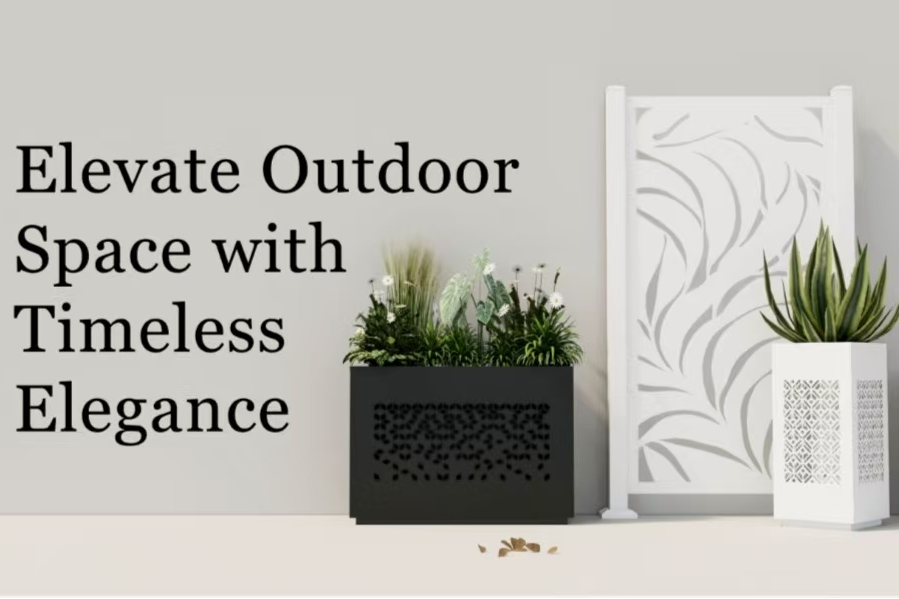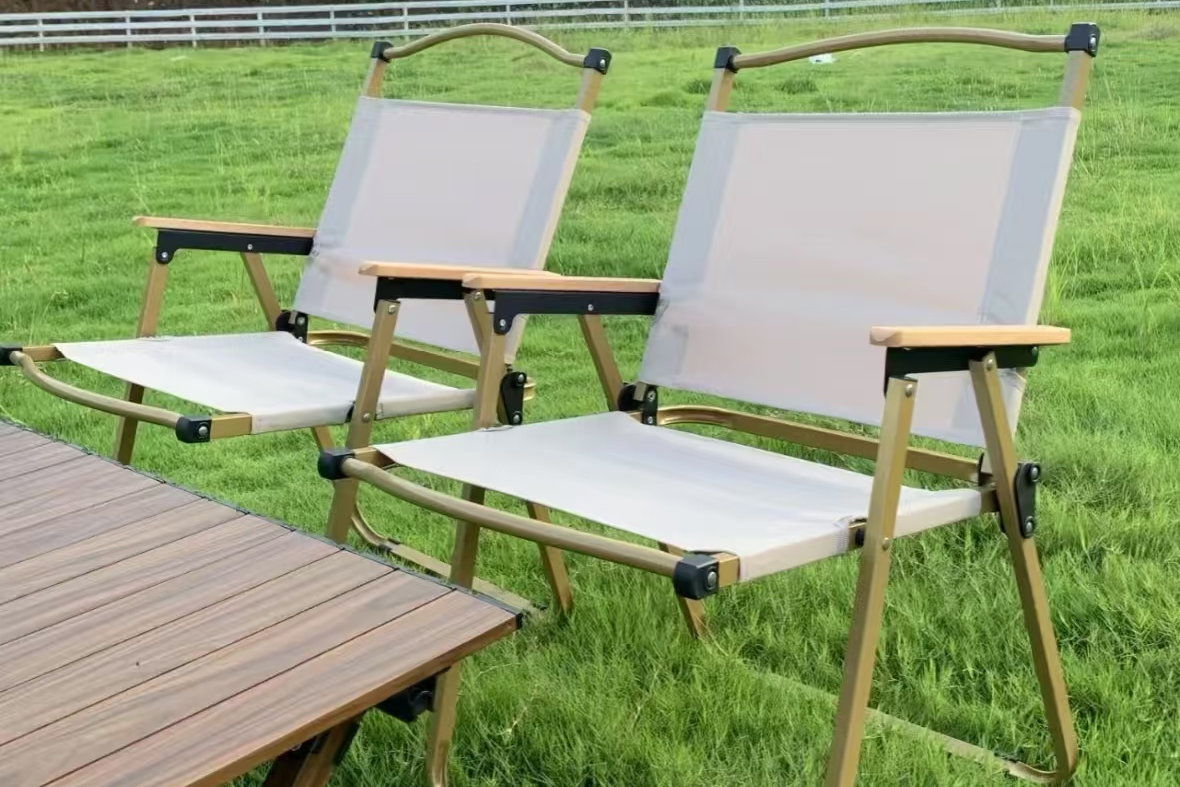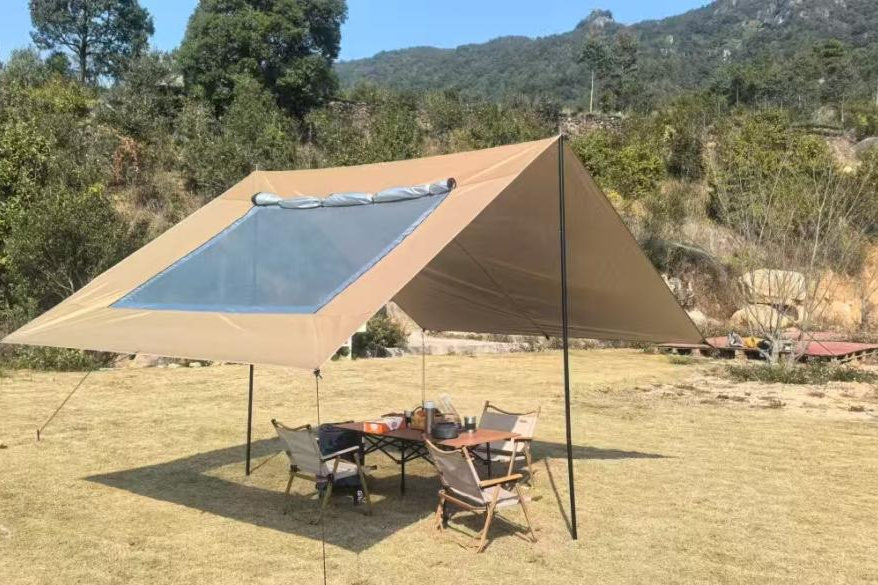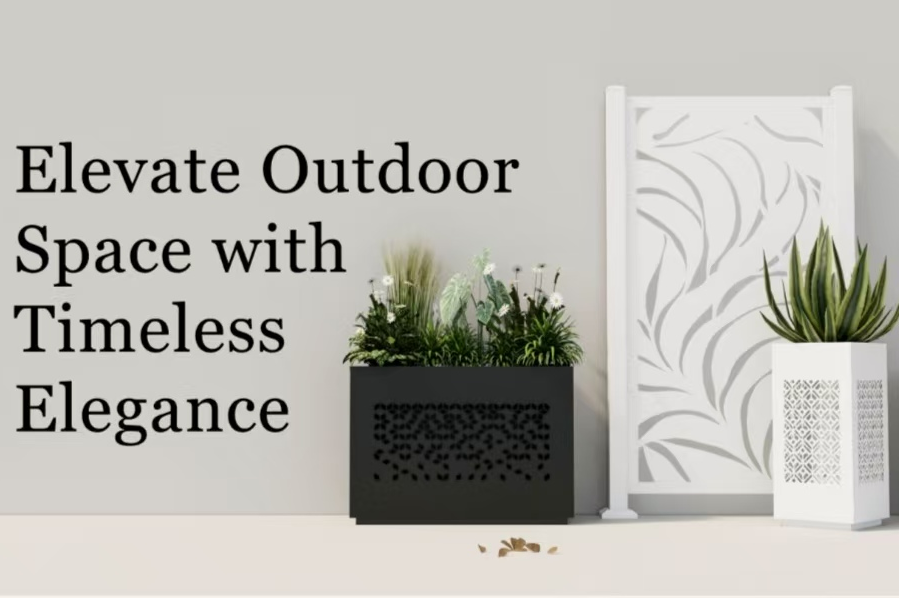
Can Planting Boxes Be Used Indoors?
2025-11-05
If you’re a plant lover but don’t have an outdoor garden, you might be wondering — can planting boxes be used indoors? The answer is yes! In fact, using indoor planting boxes has become one of the most popular ways to bring a touch of green life into modern homes. Let’s explore how planting boxes work indoors, what to consider, and how to keep your plants healthy and thriving.
1. Why Indoor Planting Boxes Are Becoming Popular
With limited outdoor space in many apartments or urban homes, indoor gardening has become a trend. Planting boxes — also known as planter boxes or raised containers — allow homeowners to grow herbs, flowers, or even vegetables right inside their living space. They are compact, stylish, and easy to move around, making them ideal for people who want the freshness of nature without a traditional garden.
Just like we discussed in our previous blog about what plants are suitable for planting boxes, many plants adapt very well to contained environments. That means your favorite herbs or decorative flowers can thrive right on your balcony, kitchen window, or living room corner.
2. Choosing the Right Planting Box for Indoor Use
When choosing a planting box for indoor use, material and size matter the most. Wooden boxes offer a natural, aesthetic look but need proper waterproof lining. Plastic or resin boxes are lightweight and resistant to moisture, while metal boxes give a modern industrial vibe but may heat up quickly near sunlight.
Also, make sure your planting box has drainage holes or a smart water retention system. Without proper drainage, excess water can harm plant roots and even damage your furniture or floor — definitely not something you’d want at home!
3. What Kind of Plants Grow Best Indoors?
Not all plants can handle indoor conditions, especially if sunlight is limited. Here are some excellent choices for indoor planting boxes:
-
Herbs like basil, mint, rosemary, and parsley
-
Succulents that love dry environments
-
Leafy greens such as spinach, lettuce, or kale
-
Decorative plants like peace lilies, snake plants, or pothos
If you read our previous post about the difference between planting in boxes and in the ground, you already know that container plants often need more consistent watering and fertilizing — and that’s especially true indoors.
4. Tips for Taking Care of Indoor Plants
Taking care of plants indoors is slightly different from outdoor gardening. Here are some tips to help your indoor planting boxes flourish:
-
Light: Place them near a sunny window or use LED grow lights.
-
Water: Since indoor air is often drier, check soil moisture frequently.
-
Air circulation: Open windows occasionally or use a small fan to keep the air moving.
-
Fertilizer: Indoor soil nutrients deplete faster — feed your plants regularly.
Oh, and don’t forget to rotate your boxes occasionally so all sides get even sunlight. It’s a small trick but makes a big difference!
5. Can Indoor Planting Boxes Replace Outdoor Gardens?
Well, not completely. Indoor planting boxes are great for small spaces and year-round greenery, but they can’t fully replace outdoor gardening for large crops or sun-loving plants. However, they provide the perfect compromise between convenience and nature — ideal for those who live in cities or want to enjoy gardening without the mess.
So yes — planting boxes can absolutely be used indoors. They offer flexibility, beauty, and a refreshing atmosphere to your home. Whether you grow herbs for your kitchen or colorful flowers for your living room, indoor planting boxes make gardening accessible for everyone.
And hey, if you already love using outdoor folding chairs and canopies from our previous blogs, imagine combining them with indoor planting boxes — creating a seamless green lifestyle both inside and outside your home!
Recent Posts

2025-11-05
Can Planting Boxes Be Used Indoors?





